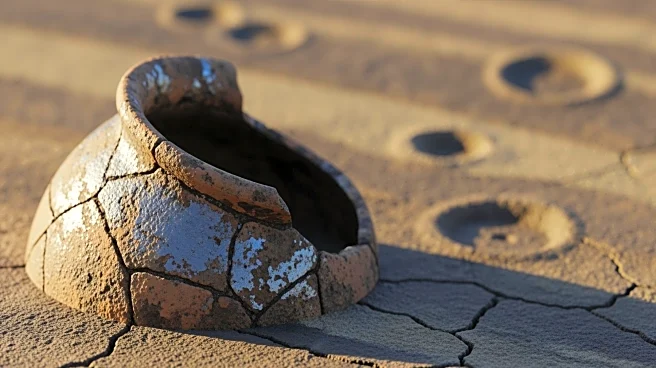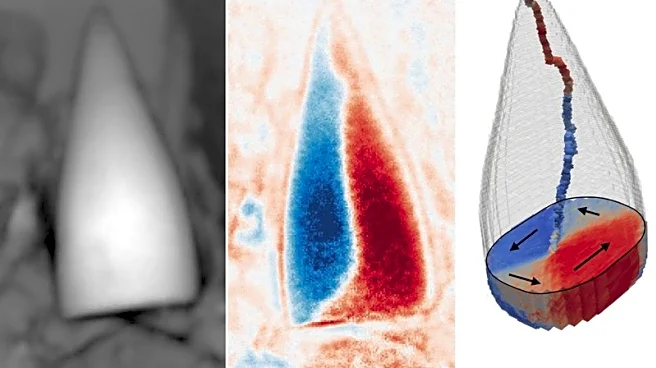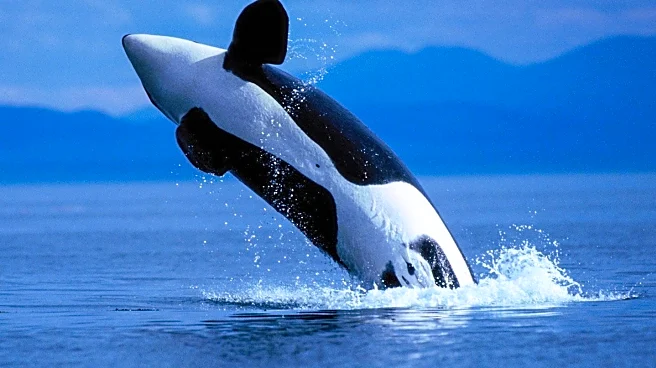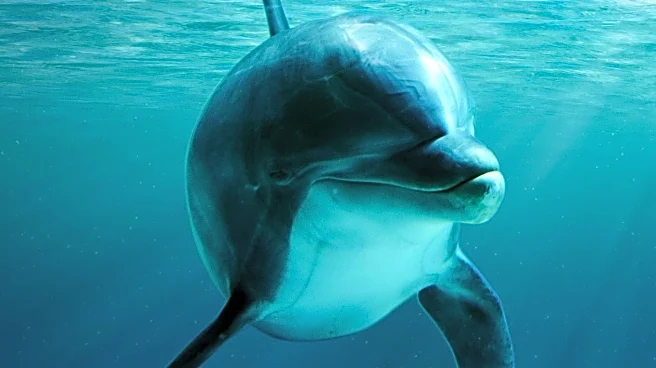What's Happening?
Researchers from the University of Hawaii at Manoa have discovered 25 new underwater vocalizations used by Hawaiian monk seals, expanding the known repertoire from six to 25 distinct calls. The study, conducted by the Marine Mammal Research Program, involved
analyzing over 4,500 hours of passive acoustic recordings from various habitats across the Hawaiian Archipelago. The findings reveal that these critically endangered seals are more vocal underwater than previously understood, with calls used throughout the day and increasing in areas with larger populations. The research also identified a novel communication strategy where seals link different calls to create combinational calls, a behavior not previously documented in pinniped species. Additionally, a new call type associated with foraging behavior was discovered, suggesting that monk seals may use sound for purposes beyond mating and socializing.
Why It's Important?
The discovery of new vocalizations in Hawaiian monk seals is significant for conservation efforts, as understanding their acoustic behavior is crucial in protecting this endangered species. The seals' vocalizations overlap with low-frequency human-generated sounds, such as vessel noise, which could impact their communication and behavior. This research provides a foundation for using passive acoustic monitoring to track seal populations and evaluate the effects of ocean noise on their survival. The findings also highlight the complexity of pinniped communication, offering insights into their social interactions and foraging strategies. As ocean noise continues to increase, these insights are vital for developing strategies to mitigate its impact on marine life.
What's Next?
Future research will focus on connecting specific vocalizations to particular behaviors, such as foraging, movement, and reproduction. The development of automated detection systems is planned to monitor seal sounds more efficiently, providing a long-term tool for conservation and ecological research. Continued collaboration with the Hawaiian Monk Seal Research Program and other partners will be essential in deploying and retrieving acoustic recorders and analyzing data to support conservation efforts.













